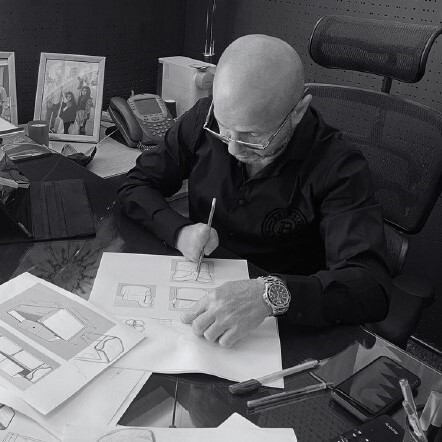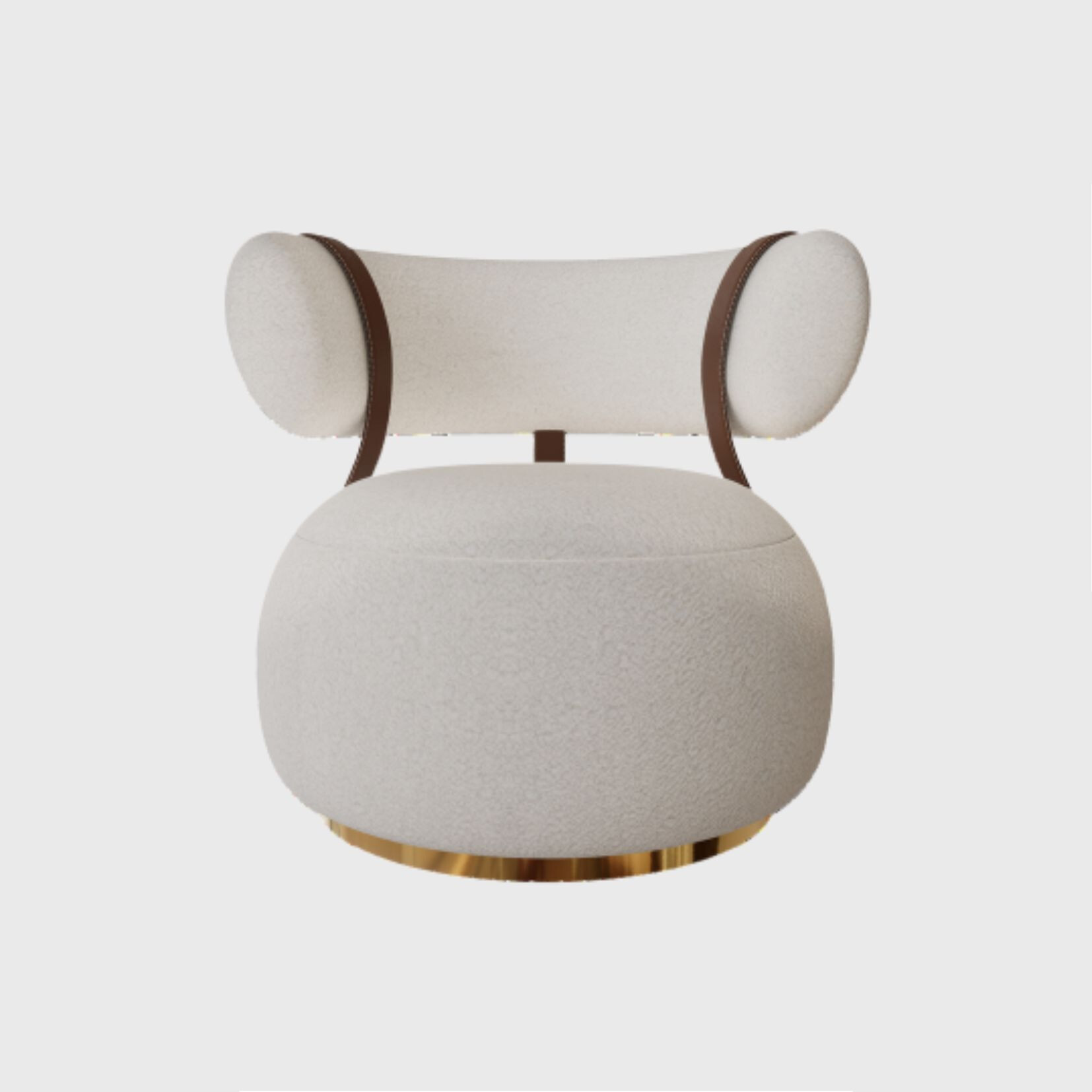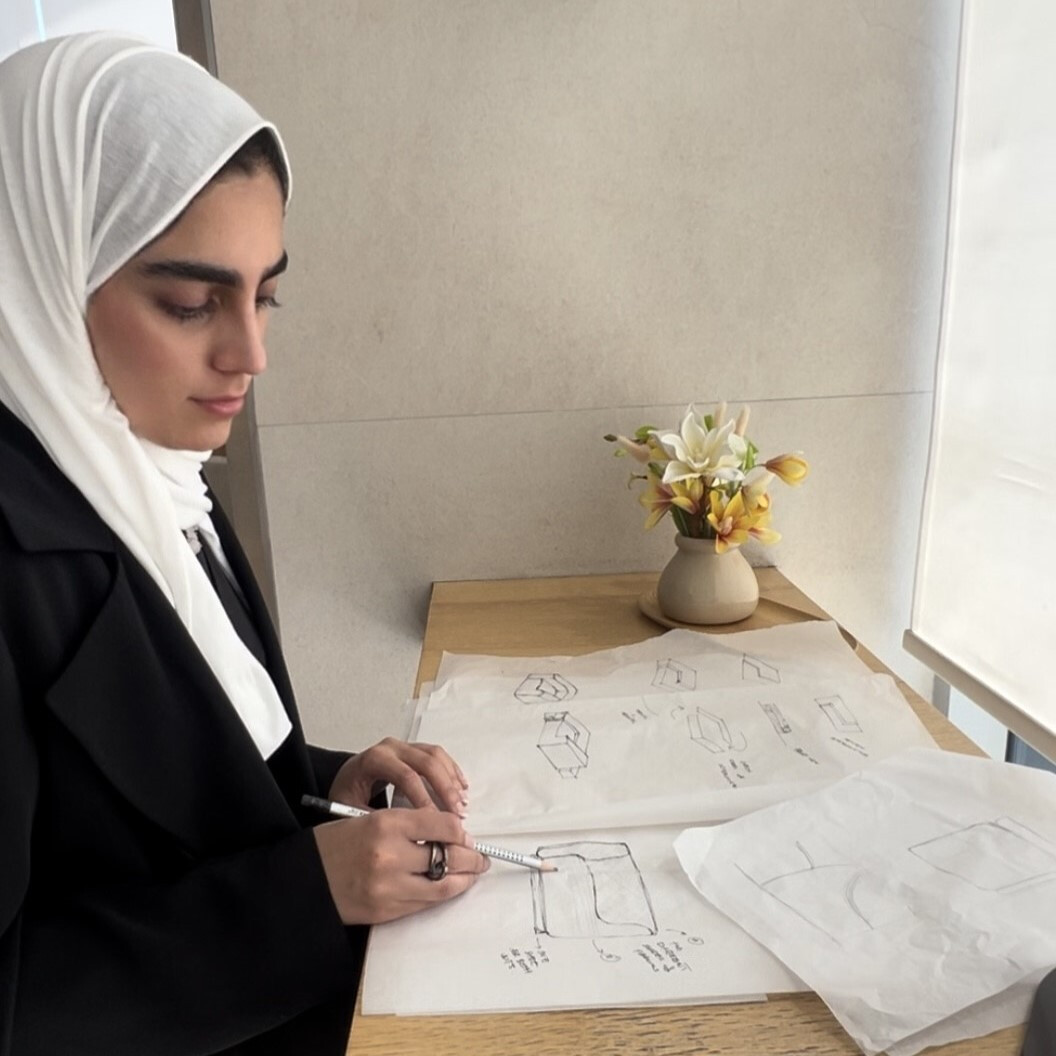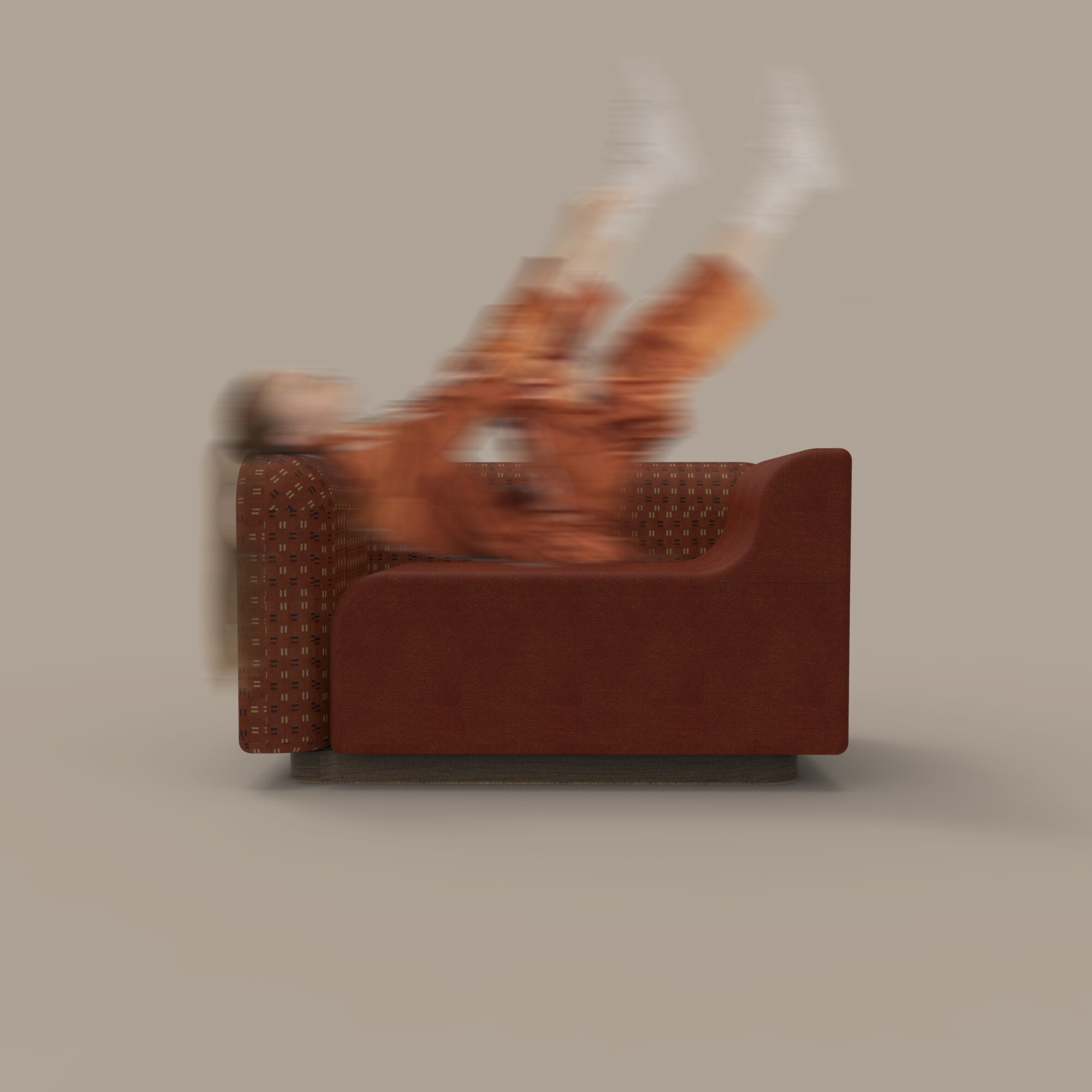As we celebrate our 10th anniversary, ALMA de LUCE reaffirms its founding mission: to preserve stories, reinterpret heritage, and give shape to timeless creations. The Heritage Design Award 2025 embodies this purpose with singular clarity, challenging designers from around the world to transform a personal or cultural memory into an armchair that evokes emotion, provokes thought, and endures.
Even as a competition, this international award establishes itself as a platform for discovery, a space where creativity, technique, and narrative intertwine. Each piece presented transcends the boundaries of functionality, becoming a manifesto, a testament, or a celebration. This article honours the six finalists who distinguished themselves by translating memories into design, creating works with soul, substance, and vision.
The competition challenges designers to express, through an armchair, a memory with identity value. We seek fragments of culture, traditions, and stories that mark territories and generations.
The evaluation criteria reflected this ambition:
Relevance and narrative depth;
Aesthetic and conceptual coherence;
Functionality and formal excellence;
Connection to the author's cultural heritage;
The design should be both artisanal and suitable for the ALMA de LUCE universe.
For architects, interior designers, and luxury consumers, this competition represents a rare opportunity to observe how different cultures interpret the concept of "memory". The 2025 edition highlighted exactly that: a diversity of geographies, sensibilities, and ways of looking at the past, always with a contemporary language.
Each finalist presented a distinct interpretation of the heritage they carry: music, spirituality, vernacular architecture, maritime tradition, national identity, or intergenerational wisdom. Together, they build a rich and inspiring cultural mosaic.
Shall we get to know them?
Dany Balkajian's work stands out for its combination of contemporary luxury and classic details. The Mozart Armchair is born from an intimate memory: the silent moments between the notes of Mozart's compositions. It is in these intervals, where the music breathes, that the designer finds serenity, elegance, and balance.
The armchair envelops the user through a white bouclé that conveys purity and softness. The back, separated from the seat and connected by a camel leather strap, becomes a metaphor for the instrument's strings. The brass base adds shine and verticality, evoking the richness of orchestras and the sophistication of craftsmanship.
The piece reveals a sensory reading of music: curves that echo a melody. This sculptural embrace welcomes the body, a silence that transforms into form. It is a design where emotion and technique coexist naturally.


Inspired by the story of Asiya bint Muzahim - a figure of resilience and faith in Ancient Egypt - Alaa Al Rawahi's piece is a manifesto on silent courage. The memory that sustains the project transcends the cultural aspect and borders on morality: the capacity to remain whole in the face of oppression.
Steadfast Heart translates this inner strength into a solid, almost architectural aesthetic. The piece does not impose itself through extravagance, but through the firm serenity of its lines. It is a tribute to resistance expressed with dignity.
In a competition celebrating the power of stories, this proposal stands out for its symbolic depth and its articulation of spirituality, design, and identity. It is an armchair that invites reflection, reminding us that memory is also built on gestures of courage that transcend time.


“Ard Diyar” means courtyard and, literally, “the land of the home.” With this piece, Ghina AlDabbas reconstructs a Syrian collective memory: the hidden courtyards of Damascus, where water, jasmine, and stone compose an intimate refuge.
For years, these courtyards remained silent due to the conflict. The recent rebirth of Damascus houses became the designer's emotional starting point: doors opening, fountains flowing back, families returning. The armchair serves as a metaphor for hope, belonging, and reconstruction.
The armchair embodies this vision through:
thick arms that evoke the robust walls of palaces;
soft arches that echo protective arcades;
a round seat like a fountain tank;
olive-green velvet, reminiscent of vineyards and inner gardens;
walnut with mother-of-pearl inlays, in a direct homage to Syrian craftsmanship.
It is a profoundly architectural piece, with an unmistakable emotional soul and an excellent cultural discourse.


After a decade of living and working in Bahrain, Sophio Jokhadze found in this competition the opportunity to honour a country that defines her professional and personal identity. The Dana Armchair draws from the ancient tradition of pearl culture (a symbol of patience, refinement, and natural beauty) and the landscapes where the desert meets the sea.
The fluidity of its lines and the softness of its forms distinguish the piece, evoking calm waves and protective shells. The brushed brass base echoes the shine of pearls. At the same time, the details allude to the Kurar embroidery technique, a feminine artisanal expression deeply rooted in Bahrain.
“Dana” means rare pearl, and the designer uses this symbol to celebrate gratitude, belonging, and the balance between the past and the present. It is a sophisticated piece with a strong cultural sense and harmonious aesthetic.


The memory that inspires Nada Tarek is distinctly personal: a visit to the Egyptian Museum that transformed her relationship with her identity. Growing up abroad, the designer suffered bullying for being Egyptian. The figure of Nefertiti, previously known only as a name associated with ridicule, became a symbol of pride, intellectual strength, and female leadership.
The armchair's design echoes the silhouette of the queen's iconic crown: vertical, refined, and marked by a golden band. The choice of deep blue velvet reinforces the connection with the celestial blue that characterises the headdress. Hammered metal details reinterpret antique ornaments with a contemporary language.
Echo of a Queen is simultaneously a tribute, a catharsis, and an affirmation of identity. The piece reveals how design can be a vehicle for healing and self-recognition, that is, a way to transform pain into presence and memory into art.


The story that inspires Reem Al Kandari is profound and intergenerational. Arika is born from the life of Sarah, a Kuwaiti woman who lived through decades of cultural and technological change, always maintaining adaptability and a creative spirit.
The armchair celebrates this feminine archetype: resilient, generous, a guardian of wisdom. Inspired by traditional Middle Eastern weaving, the designer divides the piece into two intertwined units, much like family stories. The curved lines create softness and movement, while the textured fabrics and walnut wood evoke homes where tradition and modernity coexist.
"Arika" presents itself as a place for dialogue, a meeting point for generations: the chair where stories are told, where one learns, and where legacy is passed on. It is an emotionally rich piece with a warm, profoundly human presence.


From the combined analysis of these six proposals, clear lines emerge that point to the future of interior design:
1. Heritage as creative raw material
Each piece is a cultural narrative reinterpreted with contemporary sensibility. Heritage ceases to be decorative and becomes conceptual.
2. Feminine narratives as an aesthetic force
Stories of women (real, symbolic, or intergenerational) take centre stage. Serene leadership, resilience, and wisdom shape the formal language.
3. Appreciation of local craftsmanship
Noble woods, mother-of-pearl, traditional embroidery, and weaving techniques: all finalists revisit ancestral practices and elevate them to contemporary luxury.
4. Curved, welcoming, and sculptural forms
The search for emotional and sensory comfort translates into enveloping lines, organic volumes, and soft aesthetics.
5. Design as a space for healing and identity
The memories evoked include war, exile, belonging, spirituality, and introspection. Design assumes the role of a therapeutic and revelatory instrument.

Celebrating these finalists means, above all, recognising the value of those who see design as a vehicle for meaning. ALMA de LUCE reinforces its role as a platform that honours memories, boosts careers, and inspires a global community of creators.
These six finalists stand out for their courage in exposing themselves through their stories. You are the ones who add depth to the sector and contribute to a more conscious, informed, and emotional design.
Each armchair is a testament, a tribute, and a piece of identity. Together, they form a vibrant portrait of what design can be when it is born from the soul: genuine, timeless, and profoundly human.
ALMA de LUCE will continue to give voice to these creators and many others who challenge the past to build the future. If you want to follow this journey, we invite you to stay closely in touch with our universe. There is always a new story being born, a new piece being revealed, and a new way of looking at design. Join us and discover how we continue to transform memories into works that inspire the world.